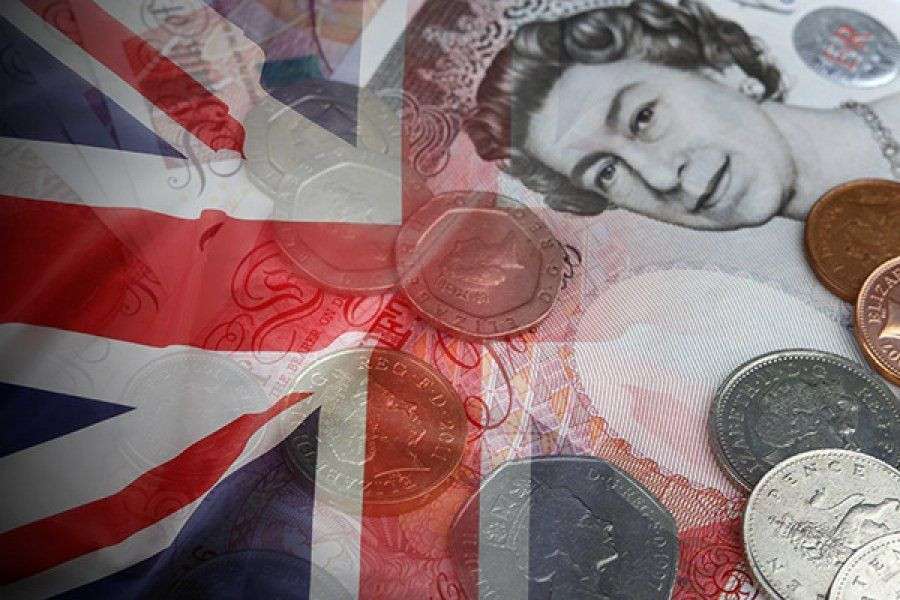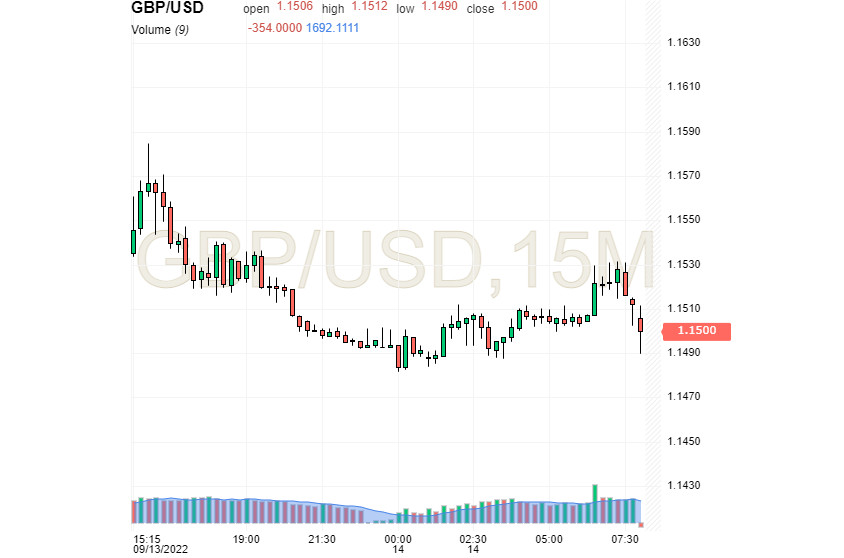
The pound sterling is slowly recovering after its significant slump this week. However, it is not the first such dive, and the pound had plenty of ups and downs. Many analysts believe that GBP is more resilient against USD than it might seem at first glance.
Political changes in the UK caused by the resignation of its Prime Minister have negatively affected the pound sterling's performance. However, GBP stabilized after Liz Truss was appointed as the next PM, as political uncertainty eased. The pound sterling, which fell against the US dollar to its lowest level since 1985, began to recover steadily. Overall, GBP has slumped by 15% since the beginning of 2022.
GBP's recent dive was triggered by ambiguous UK unemployment data. According to the Office for National Statistics (ONS), unemployment in the UK fell to 3.6% in July. Economists expected unemployment to hold at 3.8%. However, the claimant count change data unexpectedly increased by 6,300 after falling by 10,500 in July.
Real wages adjusted for inflation also declined by 2.6% y/y over the past 3 months. The number of vacancies in the UK fell to 1.266 million in its biggest quarterly decrease since 2020.
The UK currency took advantage of the situation and rose by 0.20% to 1.1700. However, it retreated afterwards and declined by 0.80%. The pound sterling lost some of its gains, but it is now ready to advance once again and hit new highs. GBP/USD hovered around 1.1500 early on Wednesday, September 14, trying to hold on to its current position.

Analysts at Commerzbank believe that the pound sterling would remain under pressure in the near future, as the BoE is not doing enough to fight inflation. "The labour market data today as well as consumer price inflation tomorrow are likely to highlight the necessity of further rate hikes," they noted.
"Whether the key rate is going to be hiked to 2.25% or 2.50%, real interest rates are likely to remain negative for some time yet. Against this background, investors are likely to see sterling skeptically for some time yet. We, therefore, continue to see downside risks in sterling," Commerbank's analysts added.
The pound sterling will also face additional challenge from growing UK budget deficit. Liz Truss has proposed tax cuts and increased spending to keep rising energy bills at the current level. GBP was also pushed down by a notable decline of UK CPI. Inflation decreased to 9.9% in August y/y from 10.1% in July. Month over month, inflation increased by 0.5%, below its 0.6% rise in the previous month. This data indicate that inflation has peaked in the UK, analysts say.
Currently, inflation greatly exceeds the Bank of England's target level of 2%. As a result, market players expect another interest rate hike at the BoE's next meeting on September 22. However, the size of this move remains uncertain.
Analysts note that the BoE pursues its monetary tightening policy rather reluctantly, similar to the ECB and sees no need for aggressive tightening. The softer inflation data could result in a dovish shift, with the regulator's Monetary Policy Committee potentially increasing rates by 50 bps instead of 75 bps.
However, this is merely one scenario and its likelihood is questionable. Soaring price growth in the UK could prevent a dovish policy turn and lead to a 75 bps hike. Such a move would give support to the pound sterling, analysts conclude.
 English
English 
 Русский
Русский Bahasa Indonesia
Bahasa Indonesia Bahasa Malay
Bahasa Malay ไทย
ไทย Español
Español Deutsch
Deutsch Български
Български Français
Français Tiếng Việt
Tiếng Việt 中文
中文 বাংলা
বাংলা हिन्दी
हिन्दी Čeština
Čeština Українська
Українська Română
Română

